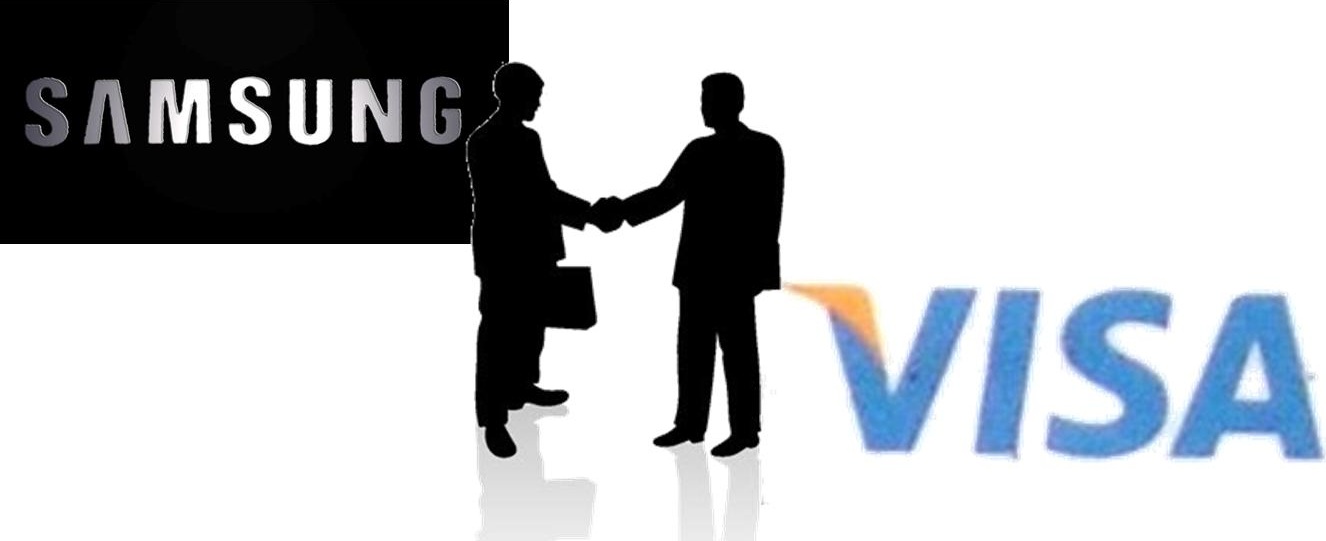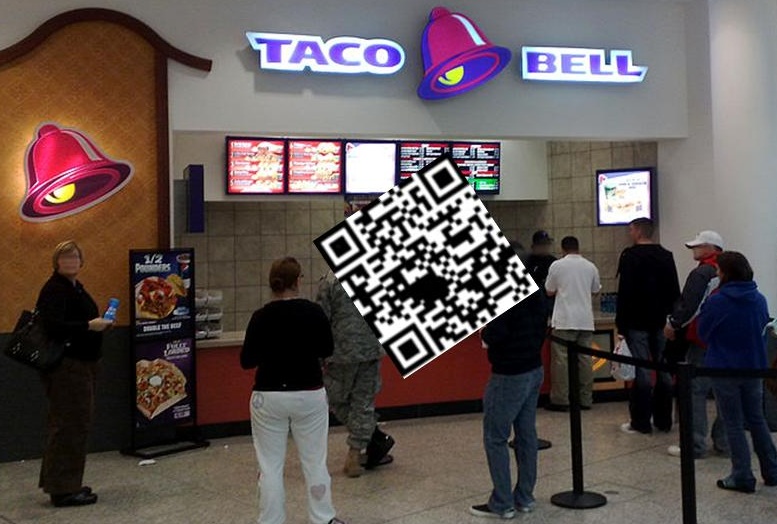 The two companies have come together to help to turn smartphones in a digital form of wallet.
The two companies have come together to help to turn smartphones in a digital form of wallet.
Samsung and Visa have just announced that they will be working together to help to speed up the worldwide adoption of mobile payments services, by combining their expertise and technology.
This new combined effort will be based on NFC technology that is embedded in certain Samsung devices.
Called the Visa Mobile Provisioning Service, is designed to allow financial institutions to take advantage of transactions using mobile payments account information that is securely downloaded through the use of NFC technology.
Furthermore, the Visa payWave mobile payments applet will be loaded onto Samsung NFC devices.
This will automatically turn smartphones into a mobile payments option for the consumers who purchase them. According to the global head of product at Visa, Jim McCarthy, in a statement, “Samsung devices enabled with Visa payment functionality will no doubt be a powerful product offering — especially in markets where paying with a mobile device is becoming commonplace.”
McCarthy also added that the heart of ensuring that mobile payments become widely available worldwide is to provide financial institutions with a secure way of offering these millions of smartphone carriers with a way to safely store and transmit their account data. He explained that “that is exactly what Visa and Samsung are ready to deliver.”
This is not the first time that Samsung and Visa have worked together on mobile payments initiatives. They previously came together in May 2012 to take part in the trial that was held during the Olympics in London, when the limited edition Galaxy S III smartphone was distributed among the athletes for use during the games. Those phones had the payWave technology built in and allowed the users to register so that they could use the device to for a digital checkout at certain retailers in the city.
The next version of the device, the Galaxy S IV, will have the Visa mobile payments technology built right into it for use with its NFC chip. It is expected to be unveiled on March 14 at a press event.

 The ESPN College Football campaign used the barcodes to generate hundreds of thousands of scans.
The ESPN College Football campaign used the barcodes to generate hundreds of thousands of scans.